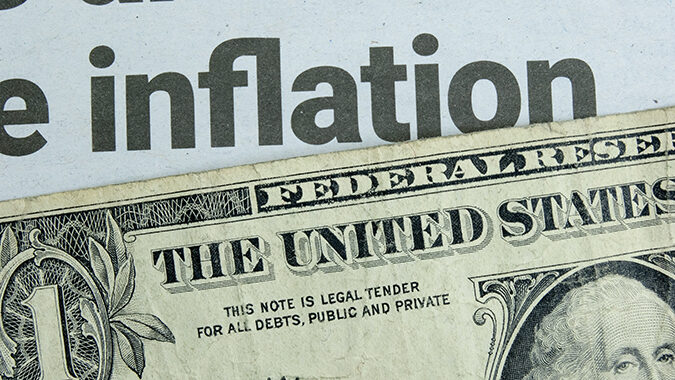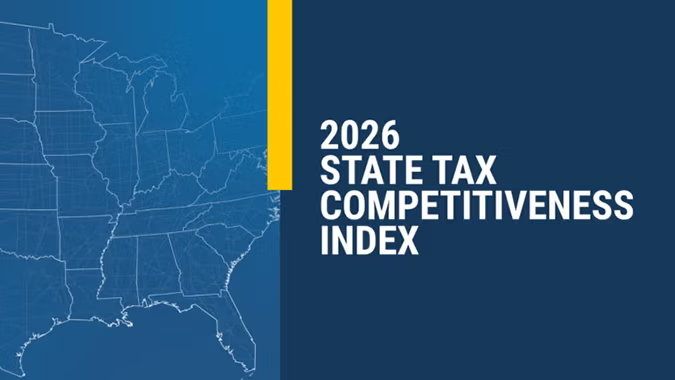Inflation slowed to 6% in February compared to a year ago, dipping slightly from January’s 6.4% annual increase, new data released Tuesday by the U.S. Bureau of Labor Statistics shows.
The Consumer Price Index for the 12 months ending in February showed inflation has eased significantly from the record high annual rate of 9.1% recorded in June. February’s 6% annual increase was the smallest 12-month increase since the period ending September 2021.
If the more volatile indexes for food and energy are removed from the all-items index, prices increased only 5.5% in February compared to February of 2022. On an annual basis the food index is 9.5% higher than in February 2022 and the energy index is 5.2% higher during the same 12-month period.
Viewed on a monthly basis, the CPI rose 4% in February compared to the 5% monthly increase in January. The index for shelter was the largest contributor to the monthly all items increase, accounting for over 70% of the increase, with the indexes for food, recreation, and household furnishings and operations also contributing. The food index increased 0.4% over the month and the overall energy index decreased 0.6% over the month as the cost of natural gas and fuel oil both declined.
However, the core index for all items less food and energy rose 0.5% in February, after rising only 0.4% in January. Categories which increased in February on a monthly basis include shelter (0.8%), household furnishings (0.8%) clothing (0.8%), and airline fares (6.4%). The index for used cars and trucks (-2.8%) and the index for medical care (-0.7%) were among those that decreased on a monthly basis.
The stock market rose in early trading on Tuesday after the CPI report was released.
The CPI data will be a key consideration for the Federal Reserve Board when it meets March 21-22 to make its next move on interest rates. To meet its target goal of 2% inflation, the Fed has been repeatedly raising interest rates to make borrowing more expensive to slow down the economy. However, the Fed’s next decision could be complicated by the collapse last week of Silicon Valley Bank, whose failure was tied to the impact that aggressive interest rate increases were having on the bond market.




